#speciesoftheweek: The luscious lobster
You may know our #speciesoftheweek as a highly priced delicacy for the rich and famous. But that’s not the reason for us to chose the lobster for our hit-list of animals. There’s a lot more to the crustacean than meets the eye. In fact, lobsters are marvelous and in some of their habits quite strange creatures. They tend to do things we probably won’t like to see.
1. Lobsters are closely related to shrimp and crabs.
2. Lobsters are found in all of the world’s oceans, as well as brackish environments and freshwater.
3. Lobsters have poor eyesight but very well developed senses of taste and smell.
4. Lobsters are cannibals (at least sometimes, usually they feed on fish and mollusks).
5. Lobsters (female) carry their eggs under their abdomens for up to a year before releasing them as larvae into the water.
6. Lobsters used to be paupers’ meals in the USA during the 17th- and 18th-century. In fact, there were laws forbidding people to feed servants lobster more than twice a week.
7. Lobsters (male) literally hate each other and keep on fighting all the time over everything, a fact that females find arousing.
8. Lobsters pee in each others faces, it doesn’t matter if in a fighting or flirting situation (To do so, they have urine releasing nozzles right under their eyes).
9. Lobsters today are threatened by overfishing and pollution-related diseases.
35,000 walrus – our #numberoftheweek
Alaska has seen a magnificent but also alarming natural spectacle a few days ago, when 35,000 walrus climbed a beach in the north-west of the US state. According to the National Oceanic and Atmospheric Administration (NOAA) the gathering of walrus on shores is related to the loss of summer sea ice because of a warming climate. But an intact ice sheet is essential for the survival of the pacific walrus. They need it as a place to rest, because walrus cannot swim indefinitely.
The animals usually dive from the icy rocks down to the bottom of the Bering Sea to hunt for snails, worms and mollusks. They even give birth on ice. During the summer period the walrus follow the receding melting ice sheet up to the Arctic Ocean which is much deeper than the Bering Sea. With a shrinking ice sheet the walrus lose the place to rest they rely on, and they find less food because they no longer reach the bottom of the sea.
That’s why walrus are heading for beaches for rest. The first individuals of the current wave were spotted in mid-September and have been moving on and off-shore since then. An additional problem of a mass beaching like this is the danger of stampedes among the animals, killing mostly the young.
#speciesoftheweek: The Rhinoceros Beetle and its Battle Styles
Male rhinoceros beetles are among the strongest animals in the world. The brawny insects can lift up to 850 times their own body weight. That strength is beaten only by the dung beetle, which can lift far more than 1,000 times its own weight. However, of you had the strength of the rhinoceros beetle, you could easily lift the massive species of dinosaur that was discovered just recently. Or a Boing 737, your choice.
Rhinoceros beetles are very well known for their elaborate horns, which they use when fighting for pretty rhinoceros beetle girls. The shape and number of these horns look different from species to species. And, Erin McCullough and her colleagues at the University of Montana discovered that different horns are used for different fighting styles.
Now, as it was complicated to persuade certain species of rhinoceros beetles to fight each other, the researchers used models of the horns and computer simulations “to calculate the stresses and strains the horns would experience when used for different methods of fighting,” reports phys.org. According to the report, the researchers studied three species: Trypoxylus dichotomus, Golofa porteri, and Dynastes hercules. All of these species use their different shaped horns in different ways: Trypoxylus’ pitchforked-shaped horns are great to pry and twist opponents off tree trunks, Golofa’s long, slender horns are used like swords and the thoracic horns of Dynastes help the beetle to lift and squeeze opponents before tossing them to the ground.
So, if you happen to be a rhinoceros beetle, you better take the look at the shape of the horns before you start a fight.
Educational television, monkey style
Never let it be said that television is not good for your education! When it comes to group of wild monkeys in Brazil, TV is indeed very entertaining AND educational. The group learned new tricks after watching a video of other monkeys doing the same action.
A team led by the University of St. Andrews and the University of Vienna filmed a group of trained monkey performing different techniques to open fruits. That included pulling open a drawer or lifting a lid, as the St. Andrews reports on the university’s website.
These recorded actions were replayed to the group of wild living monkeys in the Brazilian jungle. The video set, placed in a protective case arouse a lot of interest among the primates. They watched the trained monkeys’ performance and afterwards used their new learned abilities to work with a transparent box that included the treat, sitting below the screen.
Dendrogramma, a #speciesoftheweek that could rewrite the tree of animal evolution
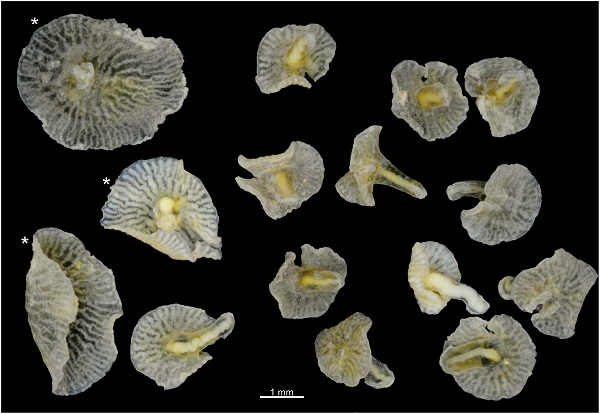
Dendrogramma by Jorgen Olesen, Figure 1. Dendrogramma gen. nov., doi:10.1371/journal.pone.0102976.g001
Almost 30 years ago, Biologist Jean Just and his colleagues took samples from the deep sea close to Australia. They used some kind of a wire-mesh cage, dragged by a rope on a ship, to skim the top layer of soil from the ocean floor at 400 and 1000 meter depth. These cages dug out and carried away everything that could not escape fast enough. Among the findings were mushroom-shaped organisms. And in 1986 the scientists had no clue what they had brought to their lab.
So the just a few millimeter sized creatures went the way of all still to be classified findings – and there had been a lot in the cages – it was conserved in the best possible way, in alcohol. Unfortunately, this conservation method is not approriate for any moleculobiological analysis after such a long time, to determine the species’ origin. But it was obvious to the researchers, that even though the organisms shares some of it’s features with comb jellies and Cnidaria it does not belong to either one of them. The species, they named Dendrogramma during the process, does neither feature stinging cells or tentacles (as Cnidaria) nor the typical sensory organs of comb jellies.
Now they know that they had discovered something very special, a new genus: Dendrogramma. And on top of that with two new species named Dendrogramma enigmatica and Dendrogramma discoides.
What does this discovery mean for the family tree of the animal species?
Having found animals that can not be classified to any existing animal group could help to get a clearer view on the evolution of animal kingdom at all. The National Geographic quotes Leonid Moroz, a neurobiologist at the University of Florida: If the new species turn out to be descendants of early animals, the find could “completely reshape the tree of life, and even our understanding of how animals evolved, how neurosystems evolved, how different tissues evolved.” An he adds: “It can rewrite whole textbooks in zoology.”
The research has only just begun.



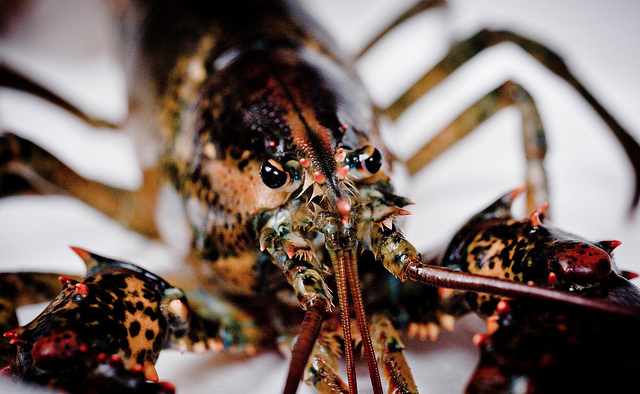

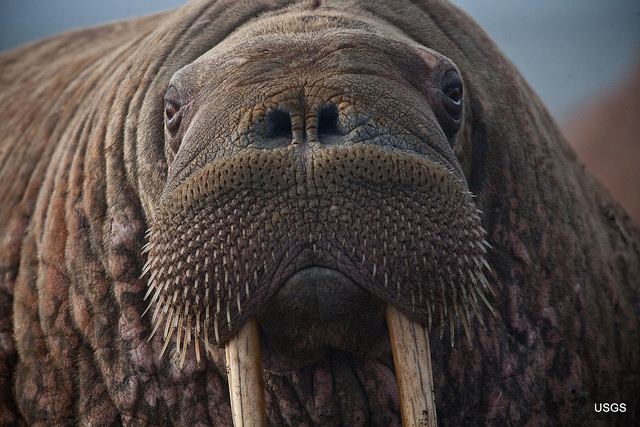
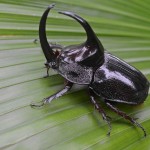
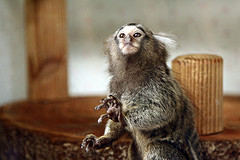




Feedback